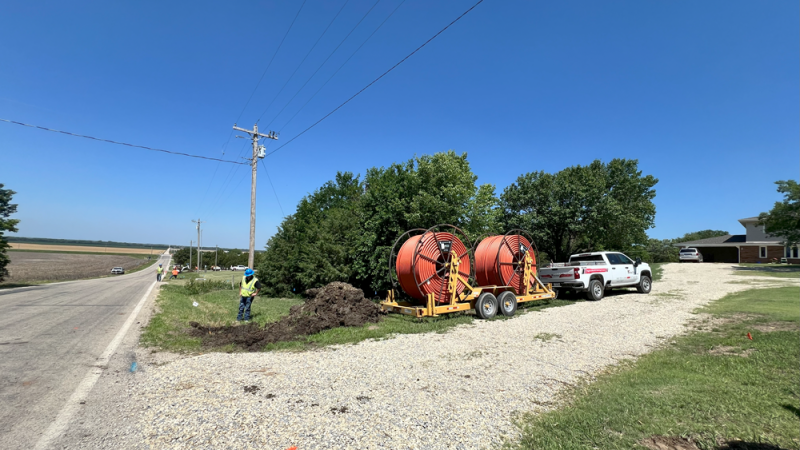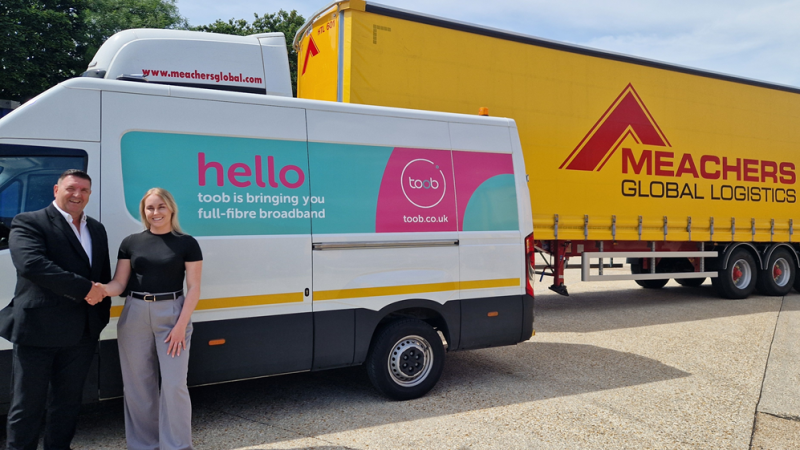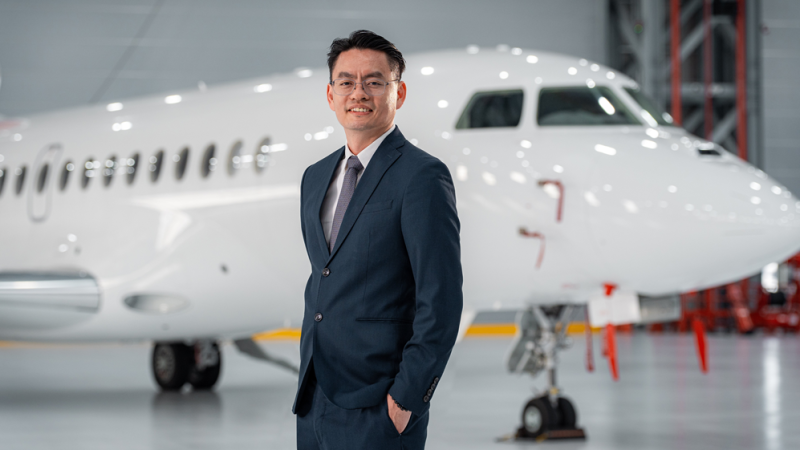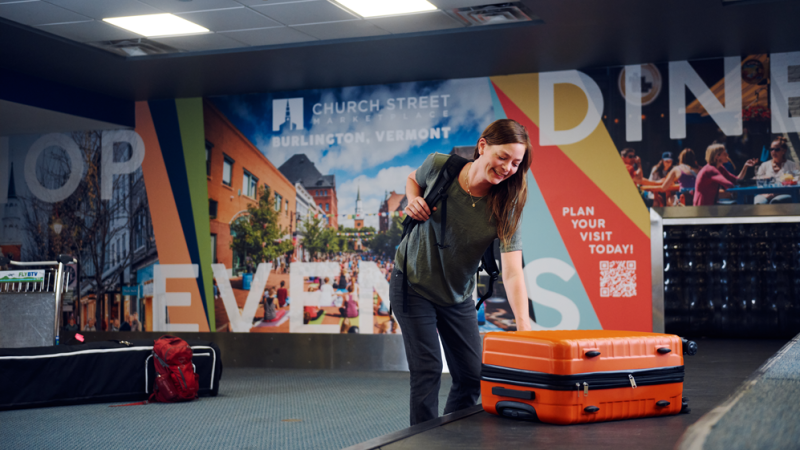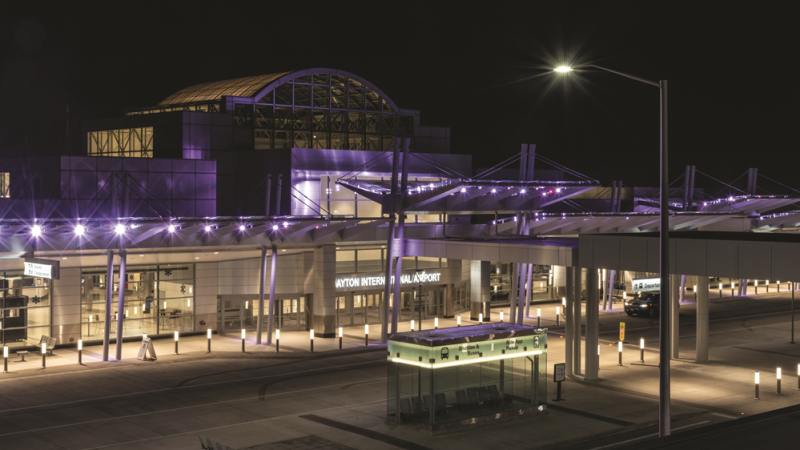Every time we talk to NP Aerospace, they have been up to something new. It is two years since we last profiled the company, and once again, it has been busy. When we last looked at the company it had 140 employees, when we speak with them today, they have hired more than 275 people. The company has experienced a fourfold increase in turnover since 2018, and that pattern of growth is expected to continue through new global contracts including the USA and Canada.
This growth has led to a major restructuring of the business into two units. The first is NP Aerospace’s Vehicles Systems, Services and Spares Business Unit, headed by Managing Director & SVP David Petheram. The second is NP Aerospace’s Composites & Armour Systems Business Unit, led by Managing Director & SVP Peter Hardisty.
“We created these business units in 2023 to allow even further growth and put us in a good position to take advantage of future opportunities,” Petheram tells us.
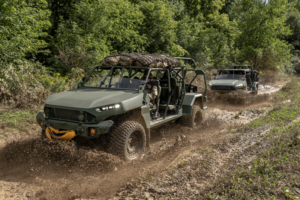 An Authority on Design
An Authority on Design
The engine that NP Aerospace runs on is innovation. The key to its success is ensuring that this innovation is directed to where it is needed.
“Via our PMETS Protected Mobility Engineering & Technical Support contract with the UK Ministry of Defence, we open our door to any company that has an innovative technology that can benefit defence customers,” Petheram says.
These innovations are many and varied, ranging from 3D-printed metal components to cross-country suspension systems, autonomous vehicles, and hybrid electric drive. By setting itself up as a liaison between innovative suppliers and defence organisations such as the MOD, NP Aerospace plays a vital role as an Independent Design Authority for the defence sector.
“That independence is really important to us,” Petheram says. “It means we do not push a certain technology from a certain supplier, we present the most effective options and go forward with the solutions customers want integrated.”
NP Aerospace is not an OEM, it is vehicle agnostic, allowing NP Aerospace’s team of engineers to look at the offerings of manufacturers such as General Dynamics, Supacat and GM Defense, NMS UK, Raytheon UK, and ST Engineering to work on the best of their innovations in NP Aerospace’s facilities and integrating new equipment as and when opportunities come along.
This is why NP Aerospace has been able to take a laser weapon system from Raytheon UK and integrate it with the Wolfhound vehicle platform and is currently testing that system. The company’s innovative approach is also visible on the armour side of the business.
“We are doing a lot with vehicle armour,” says Hardisty. “We have built an armoured cab prototype with Volvo Defence which is due to undergo blast testing in the coming weeks. Our advantage is the level of engineering, ballistics expertise, and armour capability that we can deliver. It is always a question of making armour as light as possible, to meet the specified threat level. When you have a better-performing, lighter system, you then need to prove its capability in extreme conditions. We are also bidding on opportunities outside of vehicles, for example, the marine sector.”
The Routine of Innovation
As part of its PMETS Protected Mobility Engineering and Technical Support contract with the UK Ministry of Defence, which was recently extended, NP Aerospace delivers an annual innovation report. This covers ideas that it has generated via industry partners and in-house through its experts and engineers, many of whom come to the work with significant military vehicle experience.
Through PMETS, NP Aerospace has delivered 160 tasks, which include many innovations ranging from new forms of suspension systems to new battery technologies. These are presented during an annual Innovation Day when defence officials can see what is available on the market and can analyse those which are most relevant to current needs.
“We have specialist activities in various sectors,” Petheram says. “We have a process of spiral development, where we take an idea and work it through to prototype quickly. Our 3D printing project is an example of that.”
The work NP Aerospace has been doing with 3D printing has far-reaching implications. Particularly in a defence environment, where supply chains and fast delivery are crucial. Long term, NP Aerospace is working towards a solution where military units can have access to a 3D printer capable of producing metallic components in the field, allowing for vehicle spare parts to be created on demand rather than having to get them shipped out.
“We are at the very early stages of that,” Petheram explains. “We will fit 3D-printed components and go through that trial and development process, test it, improve the item and get it into service.”
Spares delivery is a critical, growing part of the NP business.
 A Solution to Rely On
A Solution to Rely On
However, it is not enough to simply have a brilliant idea. These technologies are deployed in extreme situations, which means that the latest technologies have to be every bit as reliable as old, trusted standby.
“Every new product starts with an idea that is immature,” Petheram points out. “So, we have a whole system approach. We take the original idea, and ask ‘Is it realistic or not?’ If we decide it will benefit the customer, we go through design reviews, integrating it into CAD models to evaluate it. We don’t even physically fit a new technology to a vehicle until we have gone through a rigorous process to determine if it will work in the first place.”
From there, NP Aerospace builds the technology prototype, fits it onto the platform and tests it for safety and regulatory compliance. This can include offroad testing, brake trials, electrical testing, and blast testing, among others.
“At that point, you have proved that the technology has ticked all the necessary boxes,” Petheram says. “Once it is approved for future use, you can begin to look at the overall commercial offering. This is a rigorous process that reinforces the applicability of the finished product.”
When it comes to testing products and materials for armour development, the process is especially rigorous.
“For armour, we have our own ISO 17025 UKAS accredited ballistic range and laboratory,” says Hardisty. “We are testing against strictly defined standards. We are operating in a life safety sector with strict standards, but we have been carrying out ballistics testing for over 40 years. Our Research and Development guys are used to this process of rapid prototyping and testing.”
Having these in-house testing facilities allows NP Aerospace to be thorough in its testing while still providing a rapid turnaround, allowing it to be agile in its development process in a way not many companies can.
It means that NP Aerospace is well-placed for the next big wave of innovation in the sector.
“There is a UK MOD-led project called LIOS, the Land Integrated Operated System, looking at new vehicle platforms coming into service and the complete through life support service offering,” Petheram says. “As a company, we are looking at how to grow further by getting into a position to contribute to that through innovation, and new support solutions. We are looking towards 2030 and beyond because that is where we need to be.”
Petheram tells us NP Aerospace is also looking at some interesting vehicle programmes, including a new Land Rover support contract building on NP Aerospace’s historic modifications. The firm recently won the Canadian Department of National Defence Land Equipment Program – Engineering Technical Support Services Contract (LEP-ETSS) which extends its offering in North America. In the UK, NP Aerospace is also looking at the MOD Land Mobility Programme with a variety of partners.
But while NP Aerospace’s eyes might be focused on the future, its feet are firmly in the here and now.
“In the meantime, we are still delivering thousands of armour plates into Ukraine and have some major ballistic helmet contracts with OEMs & global EOD suit programmes,” Hardisty says. “We have a lot of volume coming through the factory right now.”

